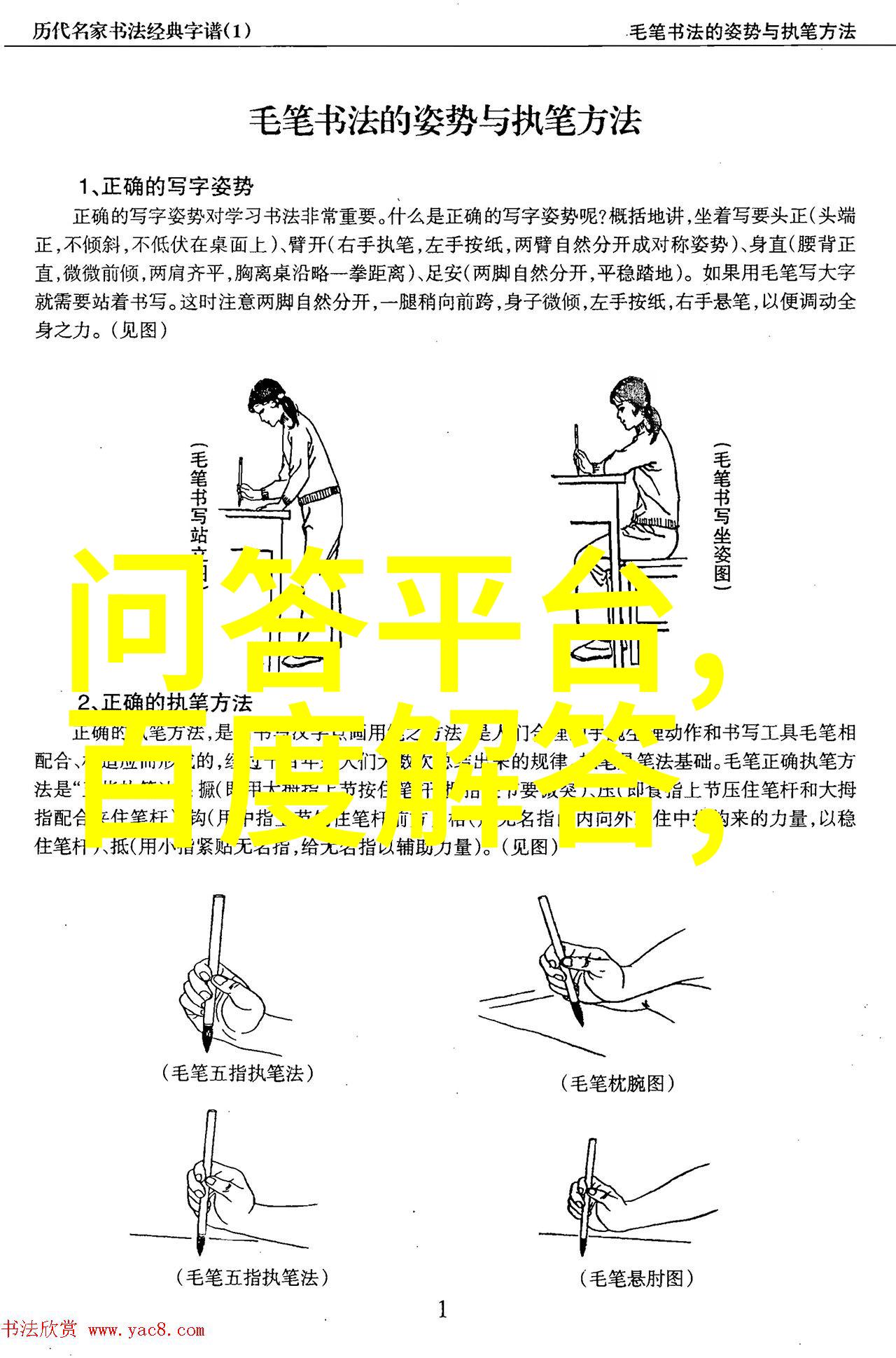在时间的长河中,钟表不仅是一种计时工具,更是人类智慧与技术发展的见证者。随着时代的变迁,钟表也从简单的手工艺品演变成精密机械设备,再到现代电子科技产品。而在这过程中,一些古董钟表因其独特性、艺术价值或历史意义,被收藏家们视为珍宝。

一、古董钟表的诞生与发展
clocks in the 17th century, were primarily used as scientific instruments for measuring time and astronomical observations. The first mechanical clock was invented by Chinese engineer Su Song in the 11th century, but it was not until the invention of the pendulum clock by Dutch scientist Christiaan Huygens in 1656 that accurate timekeeping became possible. In the following centuries, clockmaking evolved into an art form with intricate mechanisms and ornate decorations.

二、收藏界杂志:一个窗口了解古董钟表
The world of antique clock collecting is vast and complex. It requires a deep understanding of horology—the study of time-keeping devices—and a keen eye for detail. For those who are new to this field or want to expand their knowledge, magazines like "Collectors' Clocks" offer valuable insights into the history, mechanics, and market trends surrounding antique clocks.

These publications often feature articles on specific types of clocks—such as grandfather clocks or pocket watches—as well as profiles of renowned collectors and dealers. They may also include restoration tips for those looking to preserve their own family heirlooms or invest in new pieces.
三、鉴定古董钟表:技巧与注意事项

When it comes to buying or selling antique clocks, accuracy is paramount. Collectors need to be able to identify genuine items from reproductions or restorations that have been altered significantly over time.
A good starting point is research—a thorough understanding of different styles and periods can help collectors recognize authentic pieces. Consulting experts such as horologists or appraisers can also provide valuable guidance during negotiations.

Additionally, examining condition is crucial when evaluating an antique clock's value. Deterioration due to age can impact both aesthetics and functionality; however some wear might add character while others could indicate tampering with original components.
In conclusion, ancient watches hold much more than just historical significance within them; they carry stories about human ingenuity & technological advancements through generations & serve as symbols worth preserving & cherishing among our present-day society's ever-changing environment





